Career
After graduating from Harvard Law School, Louis practiced law in St. Louis, but he soon left for Boston where he accepted a clerical position under Horace Gray of the Massachusetts Supreme Judicial Court. He also established and worked at the firm Warren & Brandeis with Samuel D. Warren, Jr. until 1889. Brandeis represented the public and donated his income to charities in his early years. He soon decided to forgo an income and reimbursed his firm for the hours he spent representing the public.
In an early case, he protested the plans for a railway to build through the Boston Common. In 1897, when the Boston Elevated Railway company gained a monopoly to operate on heavily-traveled routes for an increased price, Brandeis argued that the public good should outweigh the private benefit. He led a campaign to spread information to the people so that they would understand and join the cause.
Brandeis later represented the Protective Committee of Policy Holders of the Equitable Life Assurance Society because he believed that the insurance industry could be improved.
He once again led a campaign to gain support for the cause, and in 1907, the Massachusetts governor signed Savings Bank Life Insurance into law.
Brandeis and Warren published “The Right to Privacy” in 1890. The article was inspired by increasing gossip about Warren‘s marriage to Mabel Bayard, a Boston Brahmin.
In 1908, Brandeis‘s landmark case, Muller v. Oregon provided a glimpse into his future as a justice of the Supreme Court. 1
Louis Brandeis was nominated by President Woodrow Wilson to fill Justice Hugo Black‘s seat on the Supreme Court of the United States on January 28, 1916. After an unprecedented four-month long confirmation process which was described as a “kind of inquisition”, Brandeis became the first Jewish Justice of the Supreme Court. 2 He retired on February 13, 1939.
Career Items
-
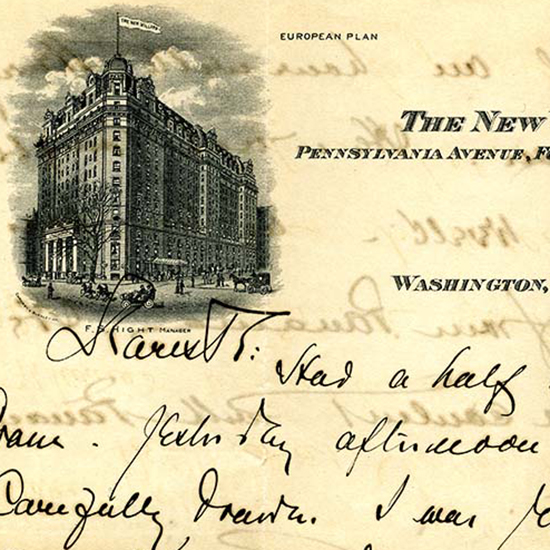
Letter from Louis D. Brandeis to Alice G. Brandeis on January 14, 1908 -
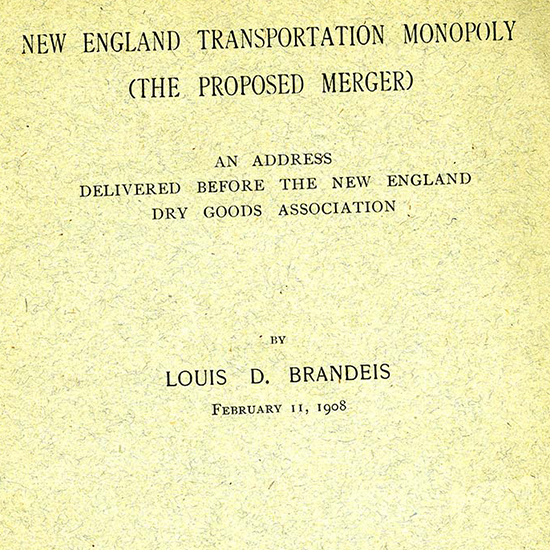
“New England Transportation Monopoly” (The Proposed Merger) -
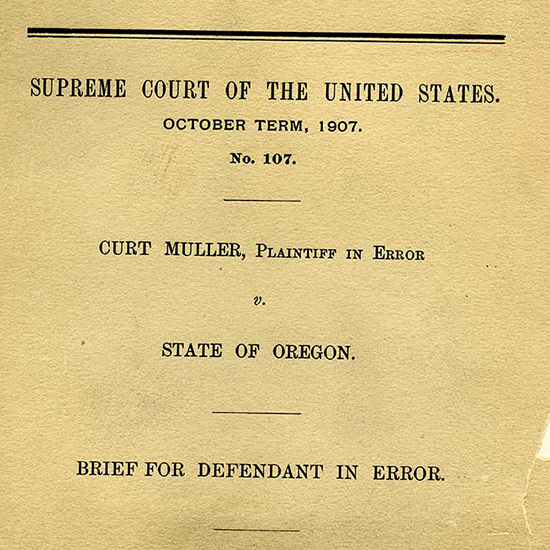
Curt Muller, Plaintiff in Error v. State of Oregon -
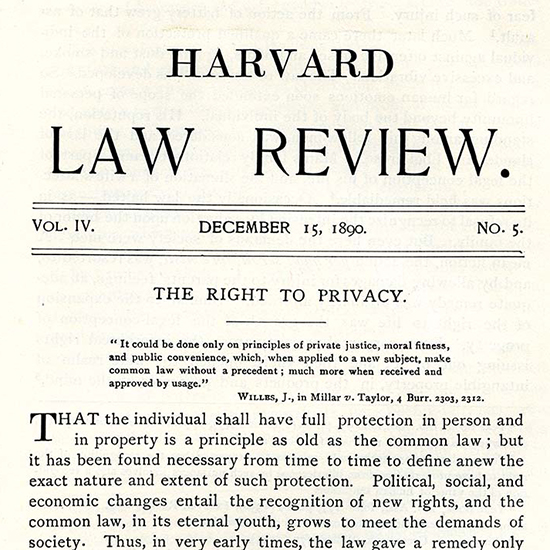
“The Right to Privacy” by Louis D. Brandeis and Samuel D. Warren, Jr. -

“Savings Bank Life Insurance, Wage Earners’ Life Insurance” by Louis D. Brandeis -
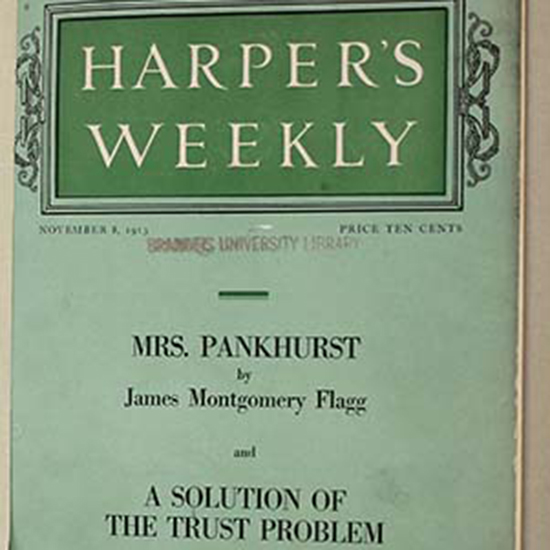
“A Solution to the Trust Problem” by Louis D. Brandeis -
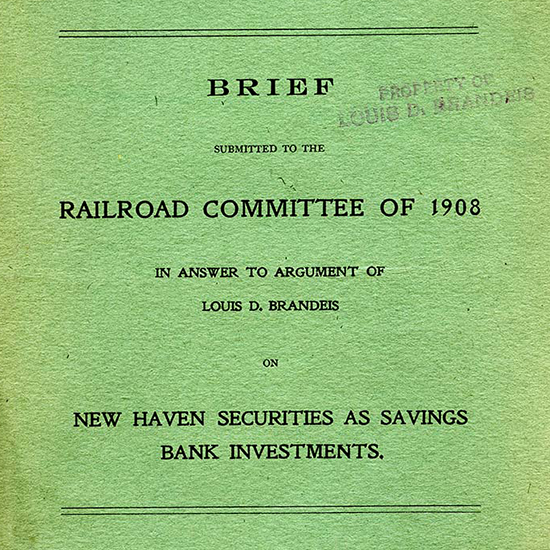
A Brief Submitted to the Railroad Committee of 1908 in Answer to the Argument of Louis D. Brandeis on New Haven Securities as Savings Bank Investments -
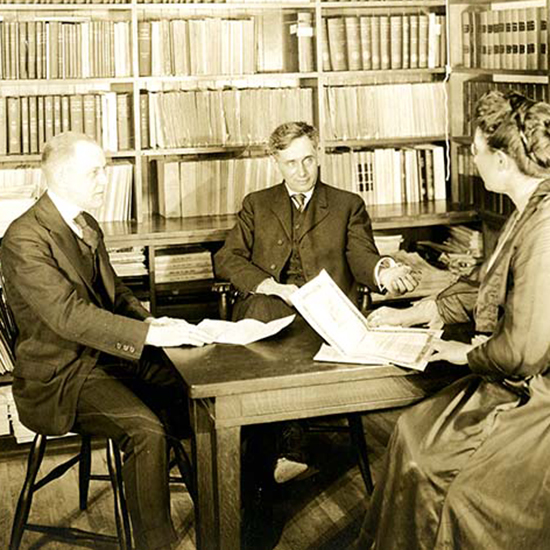
Photograph of Louis D. Brandeis in his Office with Alice Grady and Irving Hurst -
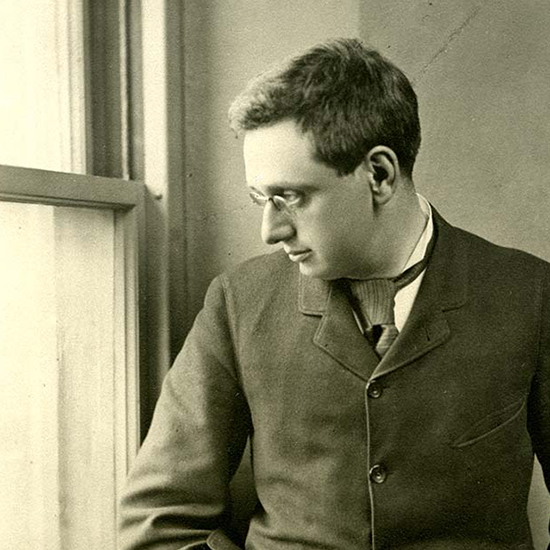
Photographs of Louis D. Brandeis at age 38 -
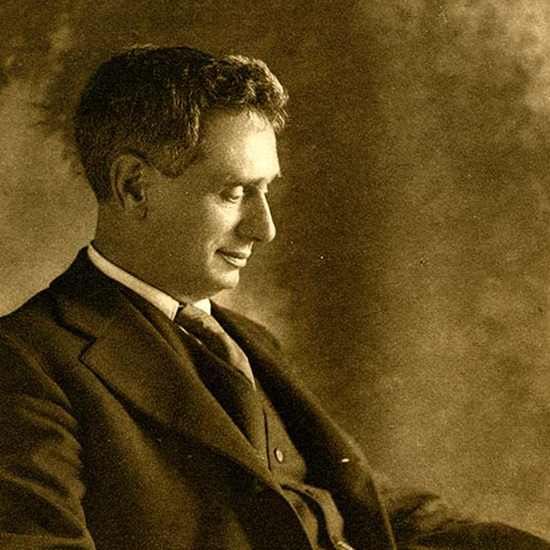
Photograph of Louis D. Brandeis at age 59 -
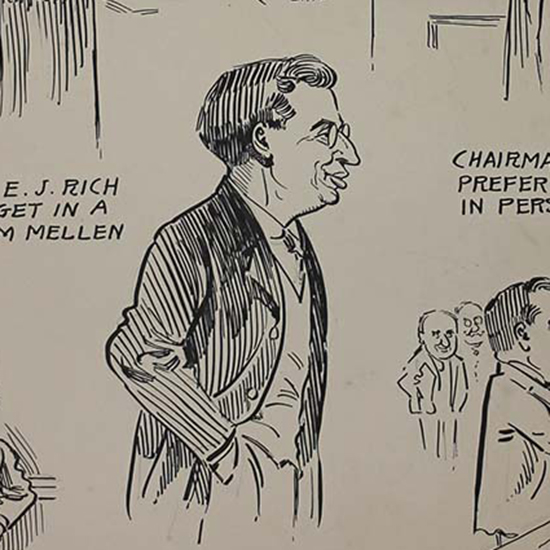
Cartoons Featuring Louis D. Brandeis -
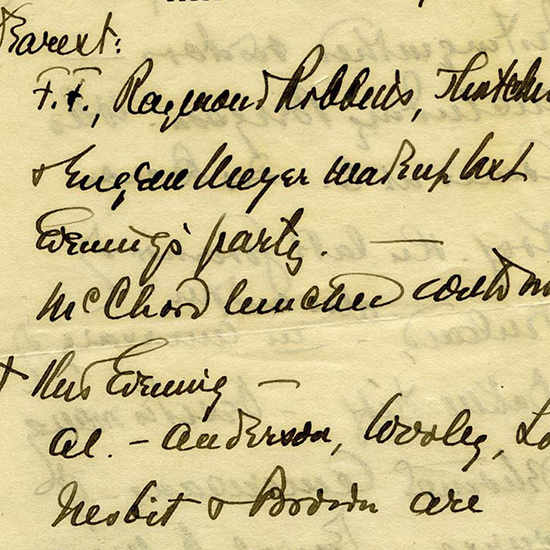
Letter from Louis D. Brandeis to Alice G. Brandeis on June 29, 1916 -
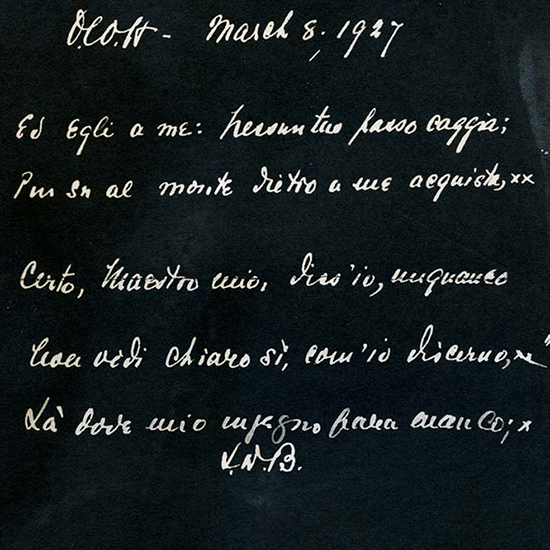
Letter from Louis D. Brandeis to Oliver Wendell Holmes, Jr. on March 8, 1927 -
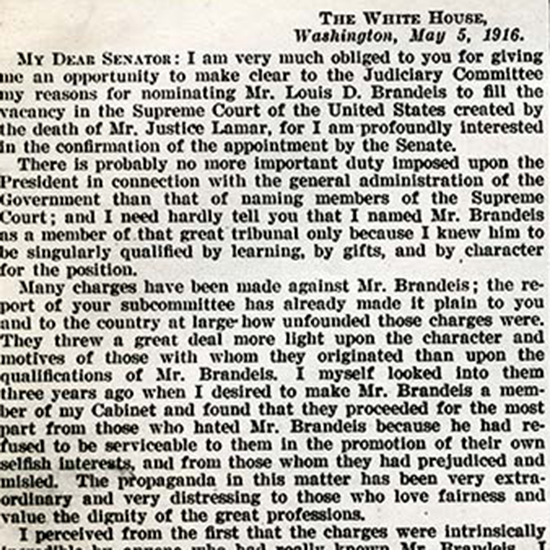
Letter from President Woodrow Wilson to the U.S. Senate printed on May 9, 1916 -
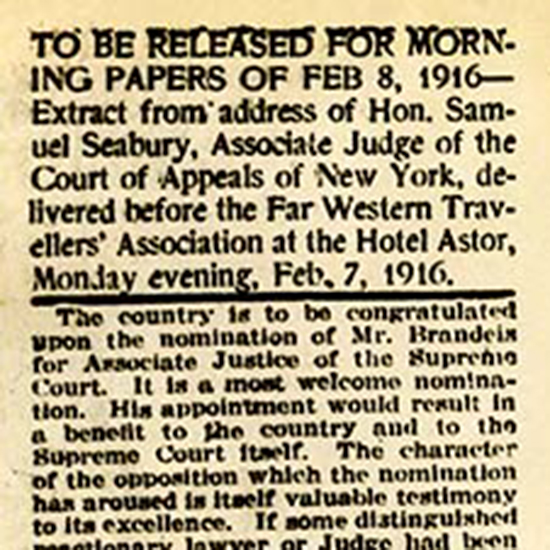
Extract from the Address of Hon. Samuel Seabury delivered before the Far Western Travellers’ Association at the Hotel Astor on February 7, 1916 -
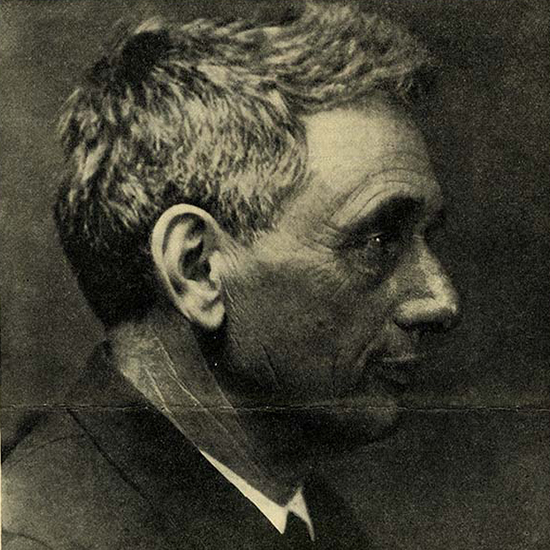
“The People’s Tribune”
by Elizabeth Glendower Evans -
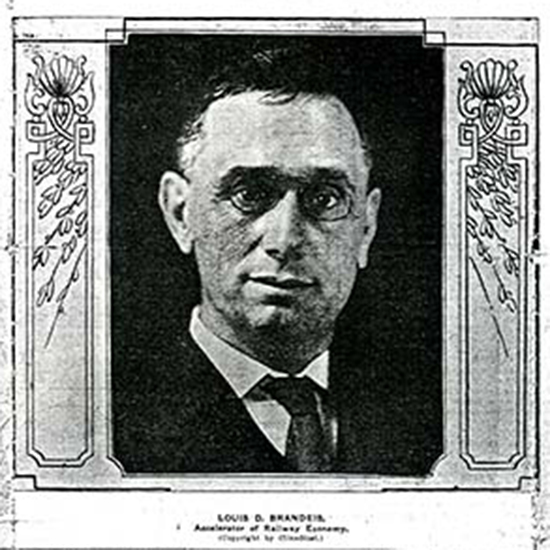
“Louis D. Brandeis, Accelerator of the Railway Economy” printed in the New York Tribune -
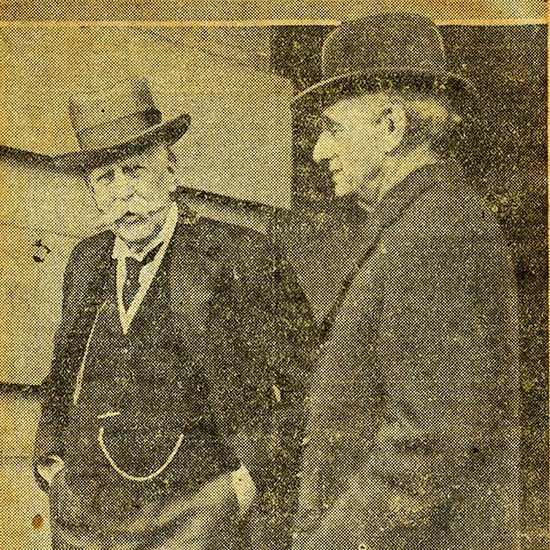
Photographs of Louis D. Brandeis and Oliver Wendell Holmes, Jr. -
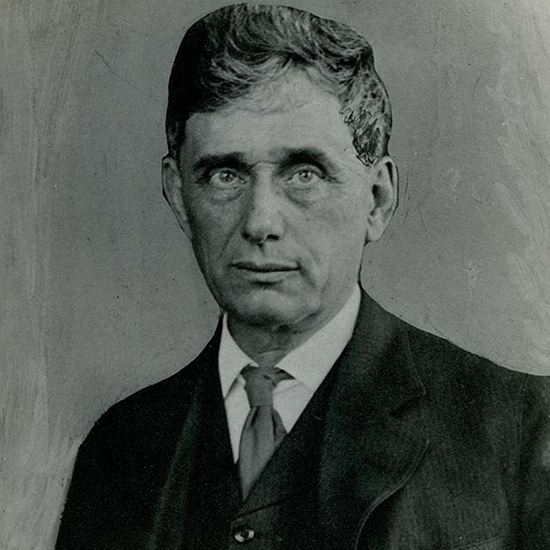
Photograph of Louis D. Brandeis on February 2, 1916 -
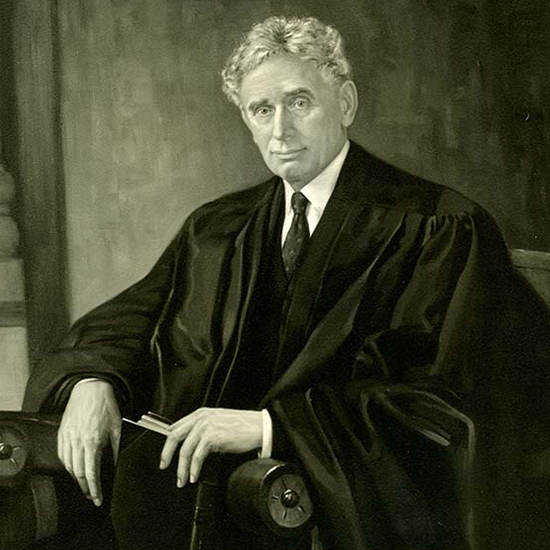
Photographs of Louis D. Brandeis in Robes -
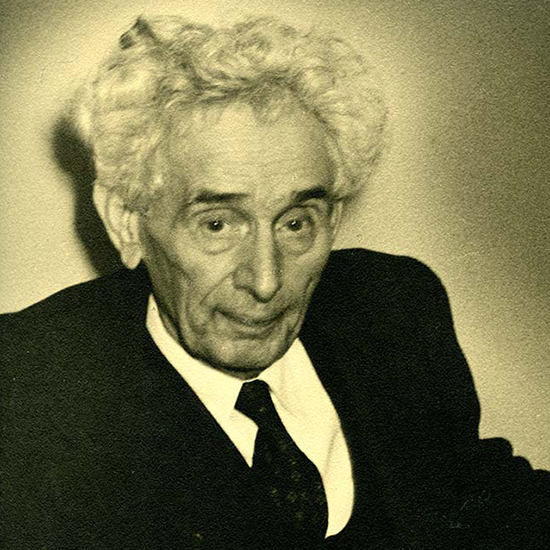
Photograph of Louis D. Brandeis at age 84 -
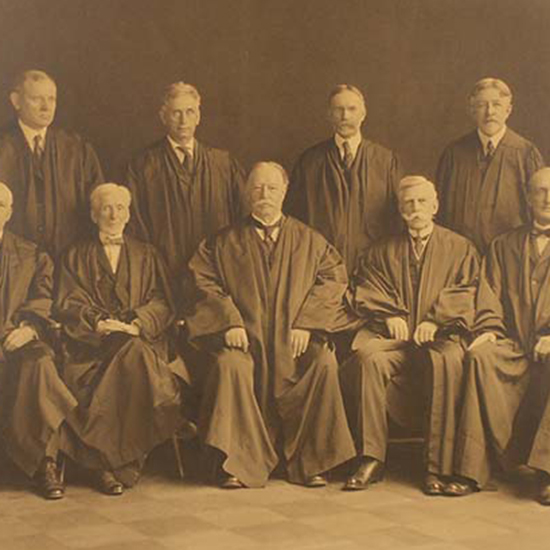
Photograph of all 9 Justices of the Supreme Court of the United States in 1923
back to 1 In an undated and untitled newspaper clipping, a journalist states that no other Supreme Court nominee has had to undergo this kind of “inquisition.” However, according to the writer, ”[n]obody . . . challenged [Brandeis’s] ability, his high character . . . or his distinguished public service“ throughout the confirmation process. (Box 133, VI.I.a.1, Louis Dembitz Brandeis Collection, Robert D. Farber University Archives & Special Collections Department, ascdepartment@brandeis.edu, Brandeis University Library).
back to 2 Pasternack, Susan A. Justice Louis Dembitz Brandeis: Guided by the Light of Reason: Commemorating the 150th Birthday of the Late Supreme Court Justice and University Namesake. Waltham, MA: Brandeis University, 2007.